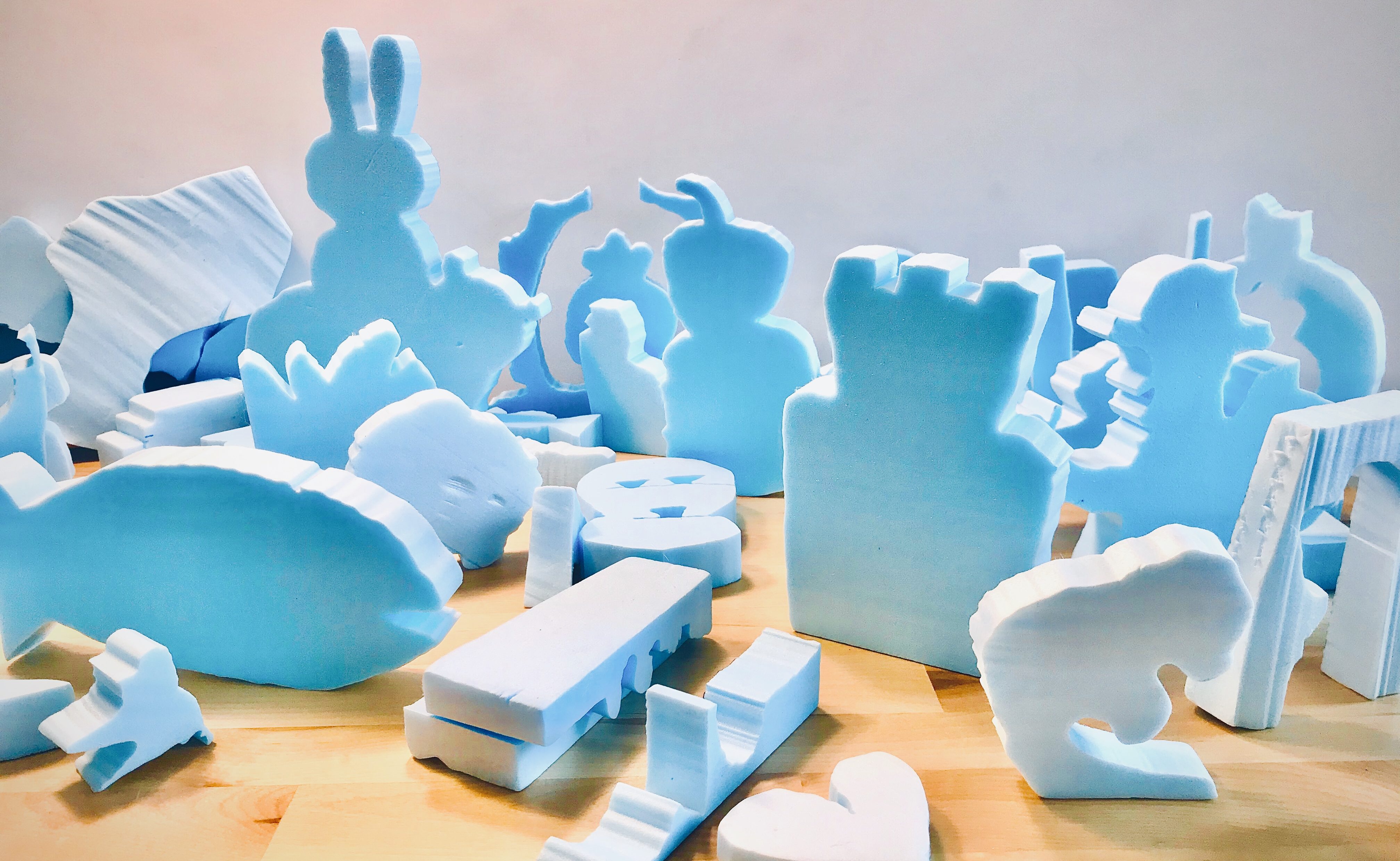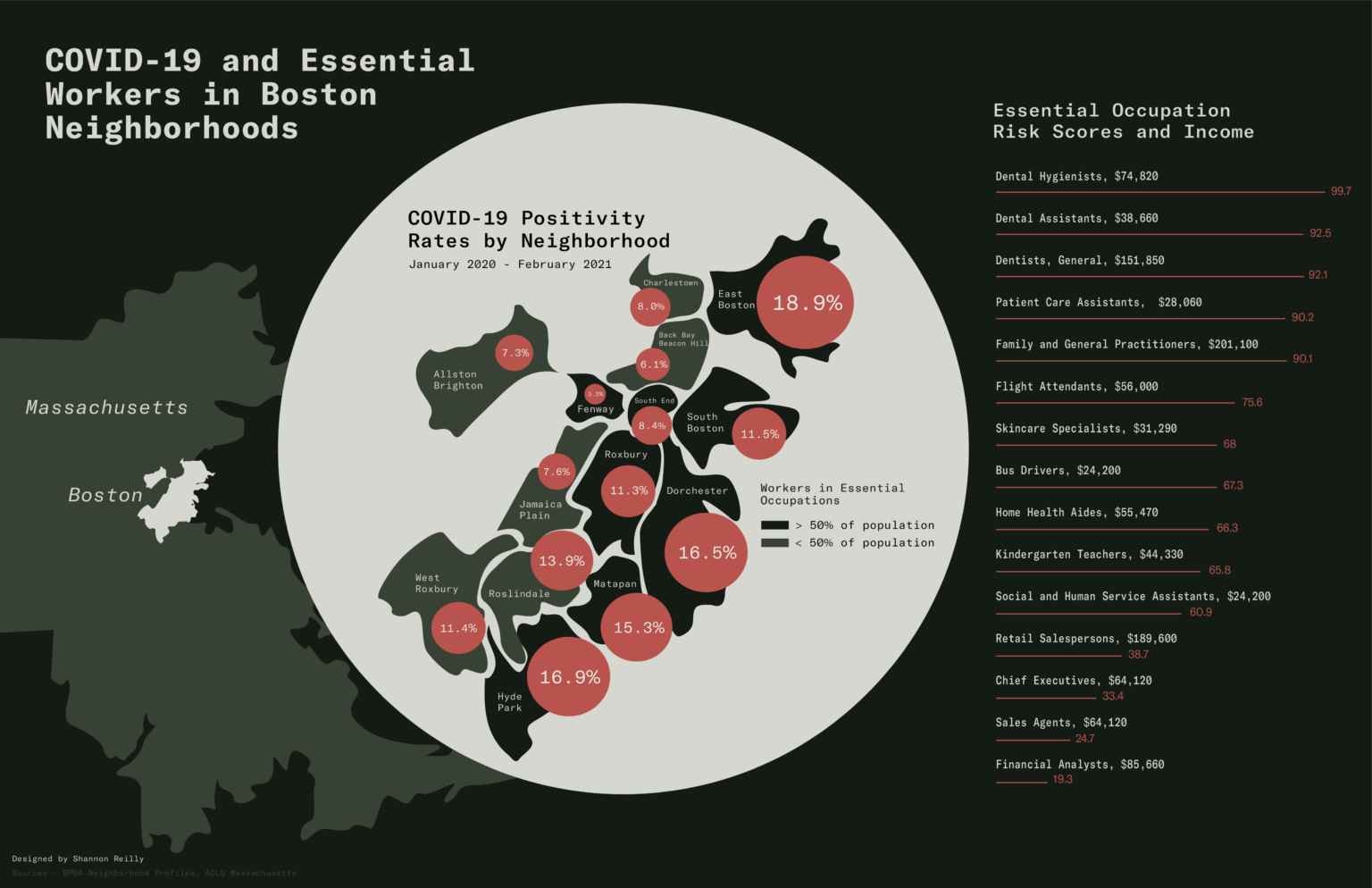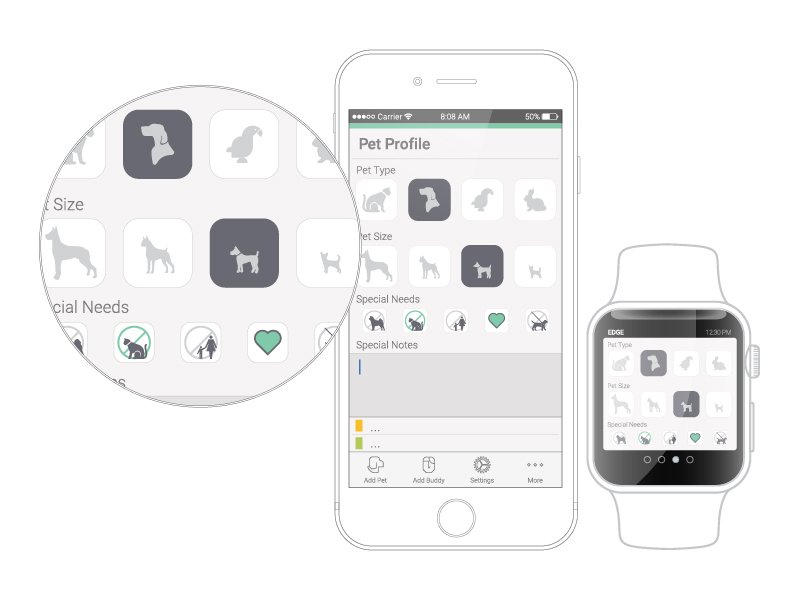Career Opportunities
- Design Consultant
- Design Lead
- Design Researcher
- Design Strategist
- Designer
- Entrepreneur
- Exhibition Designer
- Experience Designer
- Futurist Product Designer
- Product Manager
- Strategist Service Designer
- User Experience Designer
- User Experience Manager
- UX Designer
Multidisciplinary Skills
collaboration
creative problem-solving
critical thinking
data analysis
design research
design software
experience mapping
graphic representation
fabrication
facilitation
human factors
information design
interviews
leadership
listening
observation
personas
programming
project management
problem framing
rapid prototyping
semiotics
sketching
technical skills
typography
UI/UX design
user stories
user testing
verbal and written communication
visual synthesis
visualization
Share
The Graduate Program in Experience Design is designed to prepare students to become vital contributors and leaders of professional experience design teams where technological innovation intersects with design. Successful graduates will be able to analyze how people undergo real-world situations, enabling them to enrich experiences by orchestrating new design-driven relationships. They will be equipped with the skills to identify shortcomings as well as opportunities for improved engagement between artifacts, systems (virtual or physical), and the humans who encounter them.
Through examining how people behave in real contexts in relation to the constructed world and emerging technologies, CAMD’s graduate degrees in Experience Design allow graduates from design and other disciplines (such as architecture, business, engineering, communications, computer science, healthcare, humanities and the social sciences) or working professionals to gain knowledge and experience in the design competencies needed to address societal challenges. To accomplish these goals, students will learn how to invoke cooperation, collaboration and integration across disciplines and practices.
The Graduate Certificate in Experience Design offers a four-course curriculum that introduces fundamental to advanced design processes, and allows individual specialization through the selection of an elective. The certificate is intended for practitioners and students who wish to acquire competencies in Experience Design to complement their skills and address their professional needs. For recent graduates, this certificate is a perfect introduction to the field, which may be a portal into taking a full master’s degree. For mid-career and current graduate students, earning this certificate is a way to specialize within the field. Embedded in the CAMD graduate course offerings, students in the certificate program will have the opportunity to join CAMD graduate students from diverse disciplines for a range of events, exhibitions, guest lectures and workshops.
The Graduate Certificate in Experience Design is a 1-year, 16 credit hour program. Students complete three required courses and one elective.
Learning Outcomes
- Apply iterative design processes to create, revise, evaluate, and develop effective prototypes and innovative solutions.
- Engage human-centered design research methods and systems thinking to identify and understand values, goals, motivations of intended audiences as a mode of inquiry, question framing and guide to action.
- Develop a high level of craft and technical skills in a relevant range of media and tools and effectively weigh applicability for intended audiences and outcomes.
- Develop and realize intent, concept and content with awareness of context and consequence.
- Implement visual patterns incorporating text, image, diagram including temporal and spatial representations to recognize, categorize, and articulate significant form and meaning
- Employ and embody ethical practices, team and cross-disciplinary collaboration, and effective communication and presentation skills.
- Apply relevant communication theories and principles and appreciate the pervasive and long-term impact of design decisions on people and societies.









